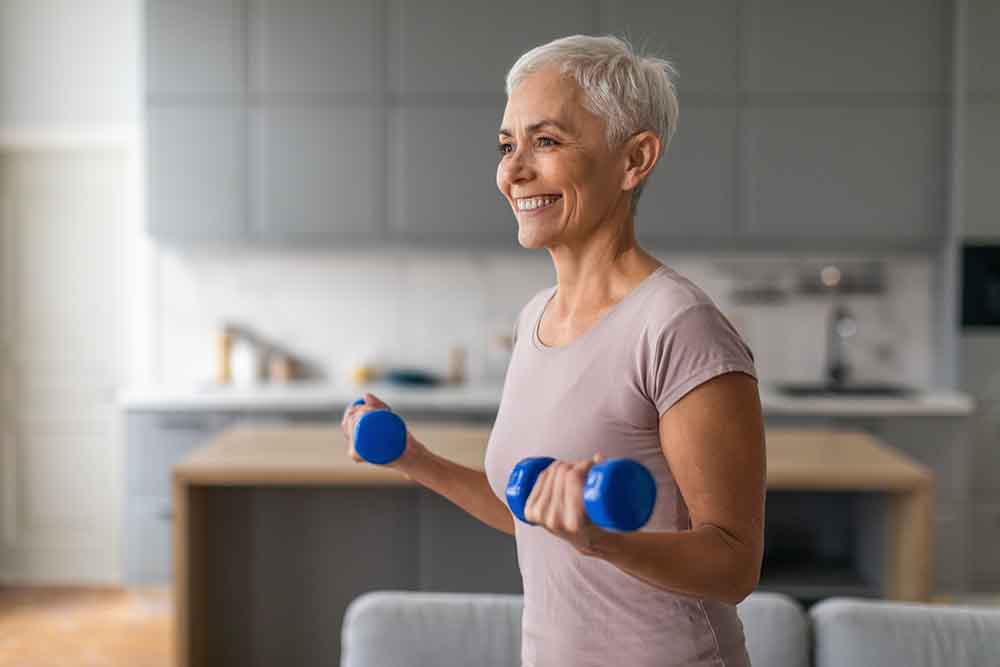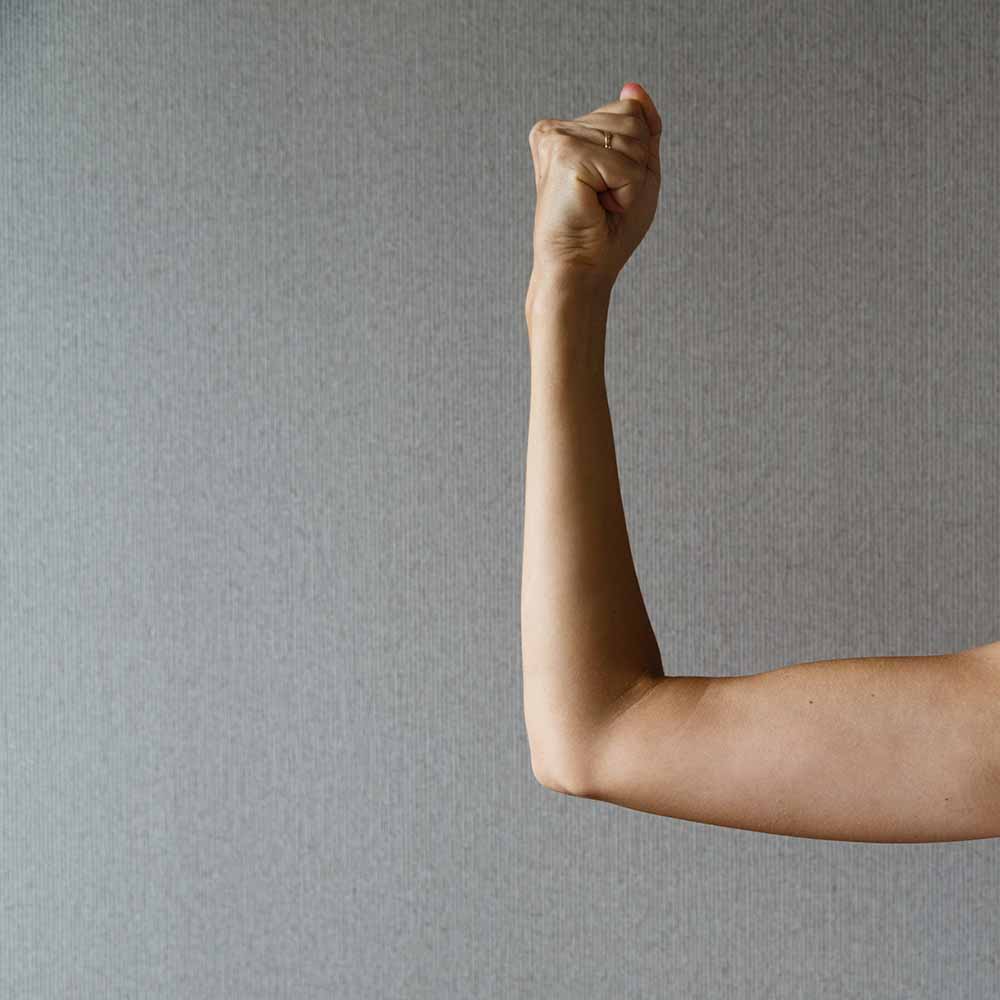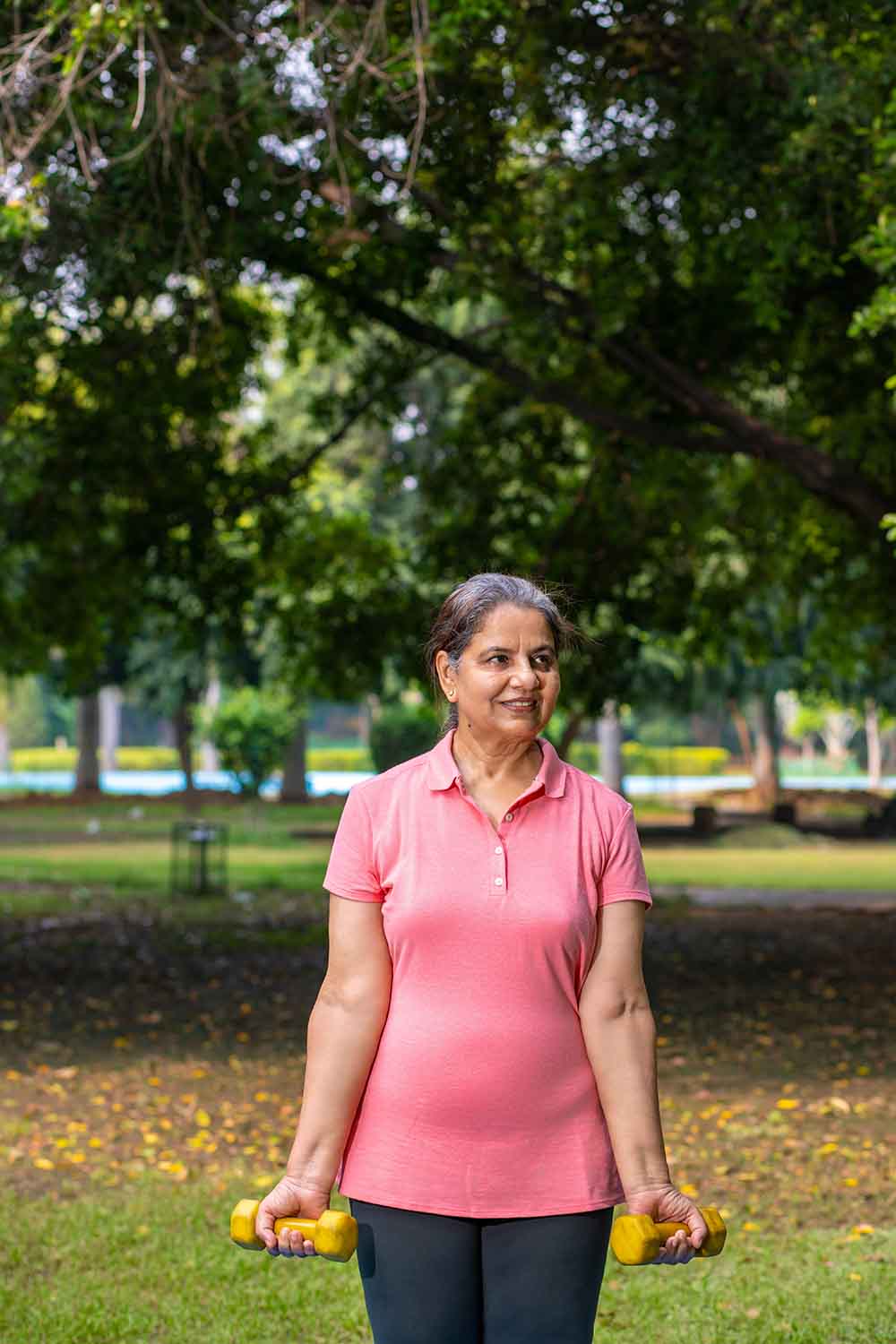As their hormones start to shift and fluctuate, women may experience a variety of symptoms including vaginal dryness, joint pains, mood swings, and hot flashes. A slowing metabolism, loss of bone density, and loss of muscle mass are just a few of the physical changes that might accompany menopause. Thankfully, frequent exercise, particularly lifting weights, can help counteract these changes and enhance general health and wellness. Physiotherapist Jaaiee Borkar Sardesai recommends strength training for menopausal women as it can help maintain muscle mass and bone density, which in turn reduces the risk of fractures in old age. Walking/cycling/swimming can get your heart pumping and improve cardio-vascular health.

Weight training can also help women going through perimenopause. Research shows (over a two-year period) that perimenopausal women who have consistently engaged in weight training developed almost three times less stomach fat than those who engaged in more conventional cardiovascular activity, such as walking or jogging.

Weightlifting helps build muscle mass which can slow down bone loss and increase metabolism. Because hormonal changes can cause a decrease in metabolism and an increase in body fat, this can be particularly crucial for women immediately before and after menopause. Jaaiee advices that it’s absolutely safe for menopausal women to start weight training gradually after consulting your doctor for any other underlying health issues. You can include strength training as part of your regime by beginning with low intensity workouts and gradually increase the duration and intensity as you feel comfortable. Listen to your body and don’t push yourself too hard, especially if you are new to this form of exercise. Most importantly, consult your doctor in case of any other health concerns.

Women typically lose strength and muscular mass as they age, which raises their risk of fractures, falls, and other injuries. This reduction of muscular mass could be attributed to the menopause. However, studies indicate that weightlifting is a useful strategy for women and other older adults to preserve and even improve their strength and muscle mass. Postmenopausal women who regularly engage in resistance training are less likely to lose muscle mass and strength than those who engage in other types of exercise, like stretching and mobility exercises.

Jaaiee explains that we use our muscles for everything – doing chores, carrying things, even simply to sit and stand. So, the muscles need to be more conditioned as one grows older to keep up with everyday activities. If weightlifting isn’t working out, you can also opt for the following –
Yoga: It is an excellent form of exercise which improves balance, flexibility and can help manage stress and anxiety.
Tai-chi: It is a gentler exercise that focuses on balance and co-ordination, thereby promoting relaxation.
Pilates: It improves core strength and body awareness.
Body exercises: Squats, lunges and push-ups can be done without equipment (weights) and are great for building strength.
Breathing exercises: These can help manage hot flashes and other symptoms of menopause.
Pelvic floor muscle exercises (Kegel’s): These are very important for maintaining pelvic floor muscle tone and preventing incontinence.
Dancing: This is a fun and engaging way of working out and can improve your overall mood.